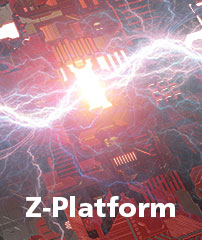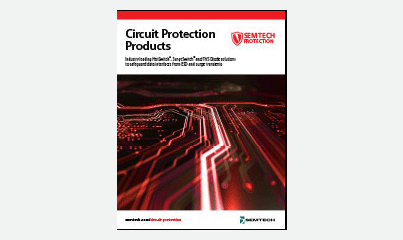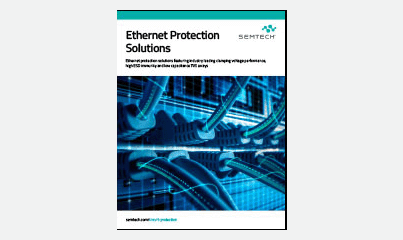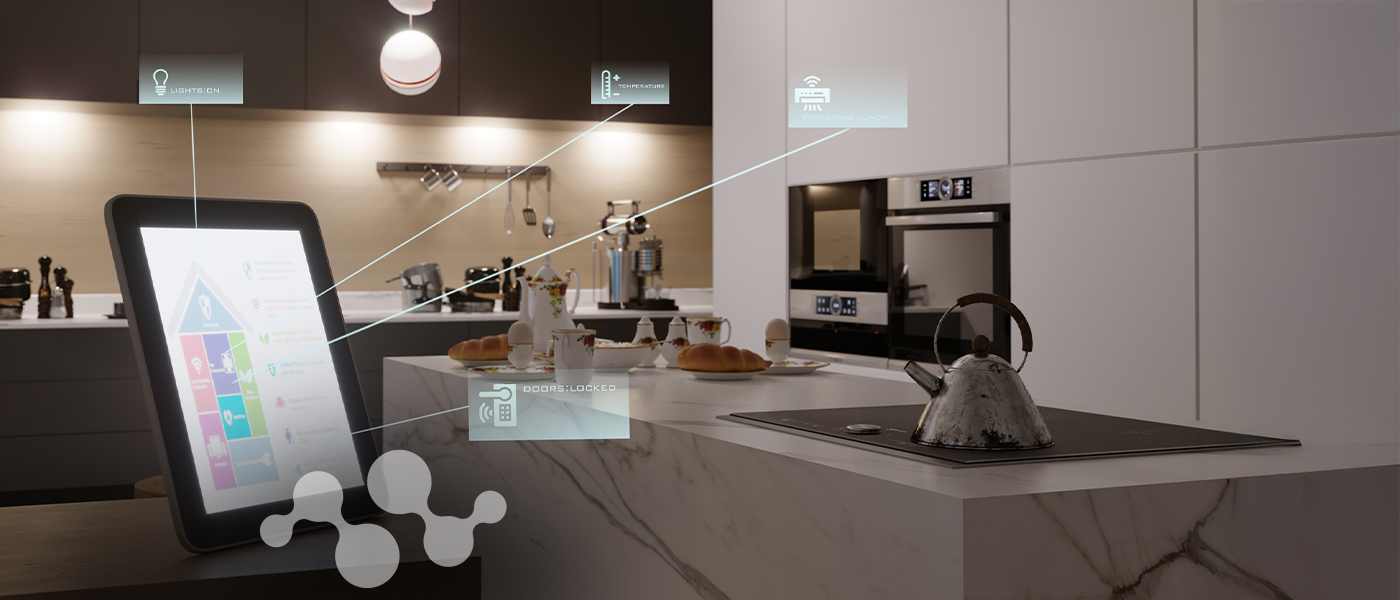Overview
RailClamps are surge rated diode arrays designed to protect high speed data interfaces. The SR series has been specifically designed to protect sensitive components which are connected to data and transmission lines from overvoltage caused by electrostatic discharge (ESD), electrical fast transients (EFT), and lightning.
Features
- ESD protection to
- IEC 61000-4-2 (ESD) ± 15 kV (air), ± 8 kV (contact)
- IEC 61000-4-4 (EFT) 40 A (5/50 ns)
- IEC 61000-4-5 (lightning) 1 kV, 24 A (8/20 µs)
- Array of surge-rated diodes with internal TVS diode
- Protects 2 I/O lines
- Low capacitance (< 10 pF) for high-speed interfaces
- Low clamping voltage
- Low operating voltage: 5.0 V
- Solid-state silicon-avalanche technology
- Lead-free, RoHS and WEEE compliant
BUY NOW

Part Number
QTY
Unit Price (USD)
Price
$ 0
$ 0
Ordering functionality and fulfillment provided by Digi-Key Corporation. See terms here.
| Documents | Release Date | Type | |
|---|---|---|---|
| SR05 Datasheet | 2019-05-25 | ||
Applications
- USB power & data line protection
- Ethernet 10Base-T
- I2C bus protection
- Video line protection
- T1/E1 secondary IC side protection
- Portable electronics
- Microcontroller input protection
- LAN/WAN equipment
- ISDN S/T interface
Inventory
| Product | Country | Distributor | Qty | Buy |
|---|





























